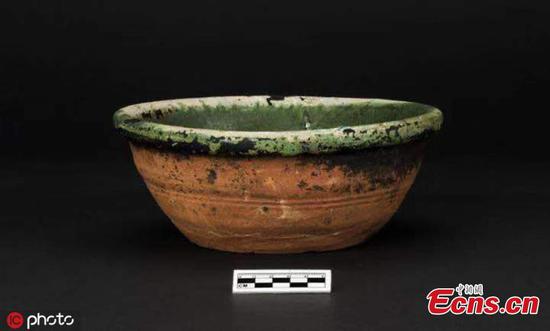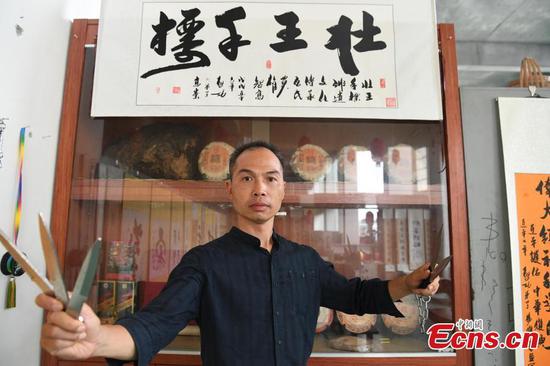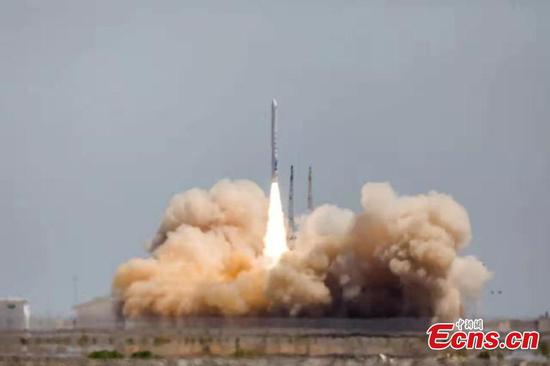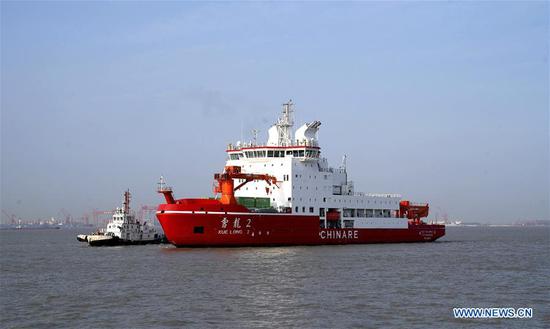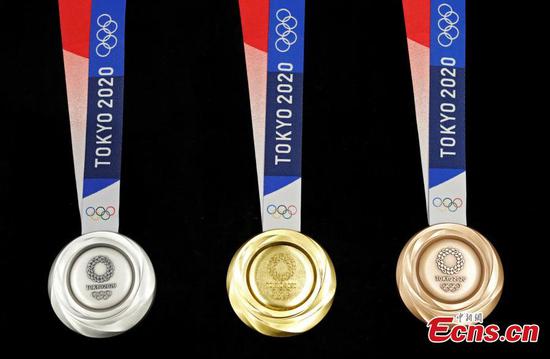A new diagnostic technology developed by Chinese scientists for improving coronary heart disease treatment has received market approval from the U.S. Food and Drug Administration (FDA), according to China's Ministry of Science and Technology Monday.
The technology, called Quantitative Flow Ratio (QFR) measurement system, was jointly developed by Pulse Medical Imaging Technology (Shanghai) Co and a group of researchers with Shanghai Jiaotong University.
Based on the computational analysis of X-ray coronary angiography, the system is able to obtain QFR noninvasively, which can evaluate coronary artery blockage and function and then help doctors decide whether a patient needs to have surgical and interventional heart procedures.
The QFR technology can assess coronary function within four minutes and increase diagnosis accuracy by 33 percent compared with conventional coronary angiography. It also has a higher accuracy rate than optical coherence tomography, a common imaging technique, said a statement released by the ministry.
The QFR was approved by China's National Medical Products Administration in July 2018.
Coronary heart disease is a condition in which the heart's blood supply is narrowed or blocked due to the build-up of plaque in the coronary artery. Since 2004, the annual growth rate of hospitalization expenses for heart diseases is much higher than the growth rate of GDP. The economic burden of Chinese patients is increasing.
The approval of QFR technology will provide a more accurate and non-invasive diagnostic device and better treatment for patients with coronary heart disease worldwide, the ministry said.
























